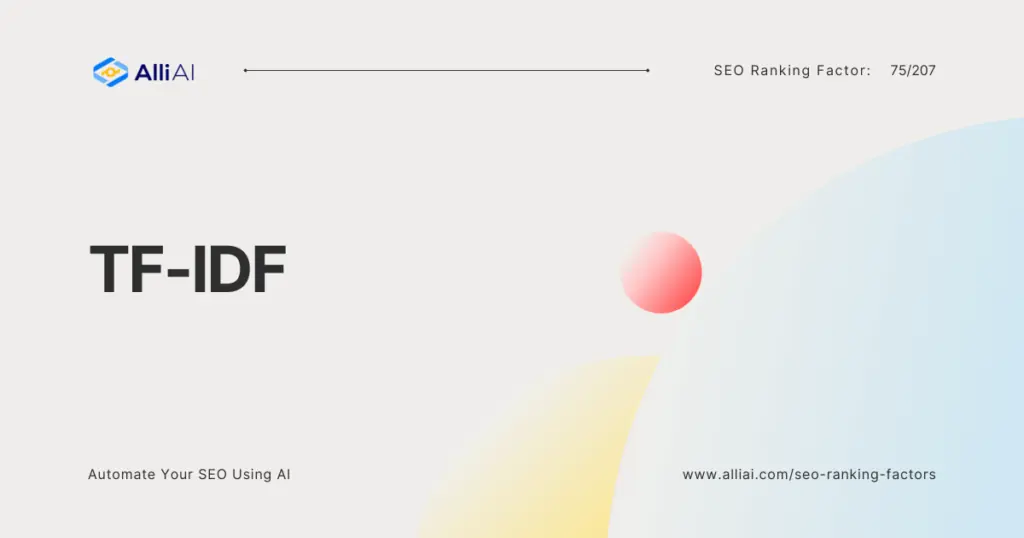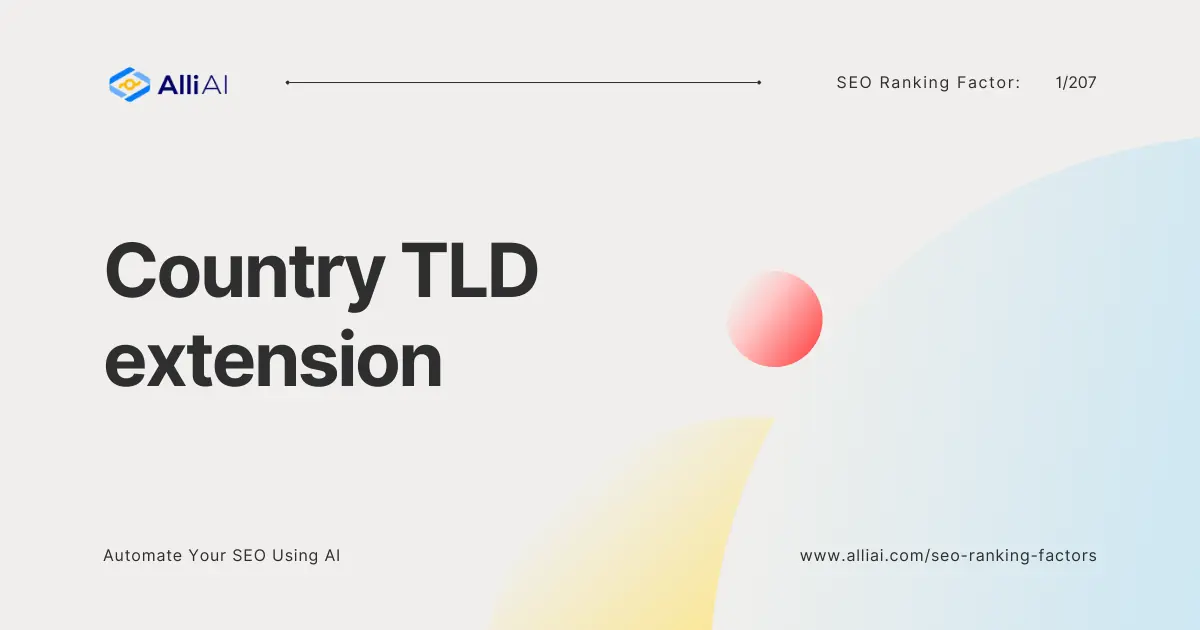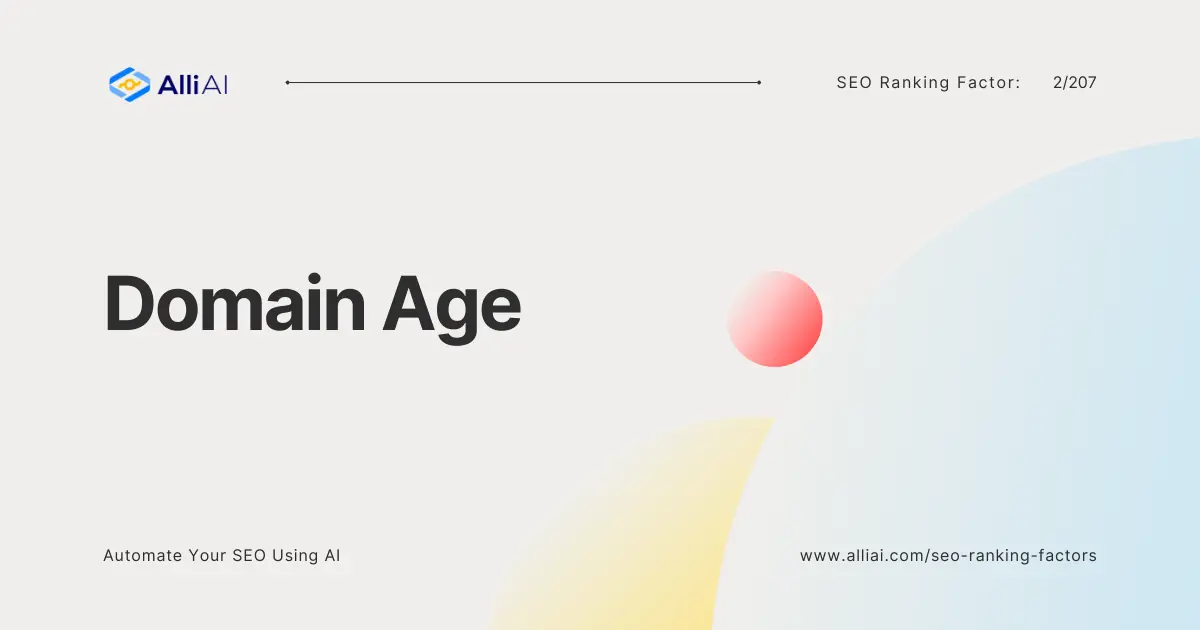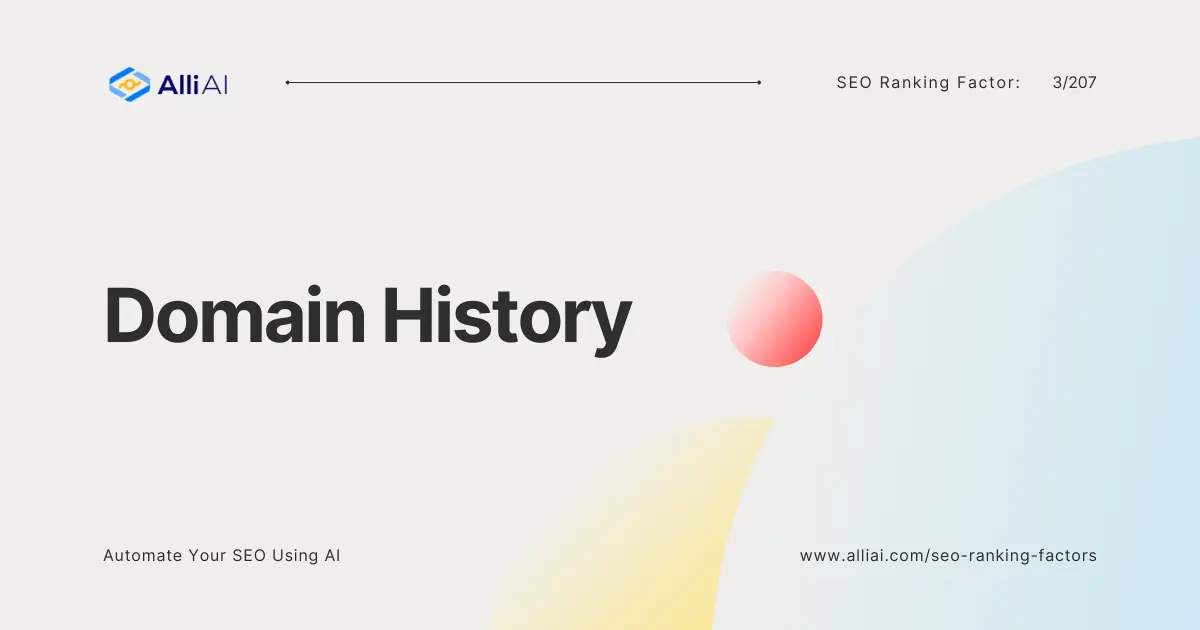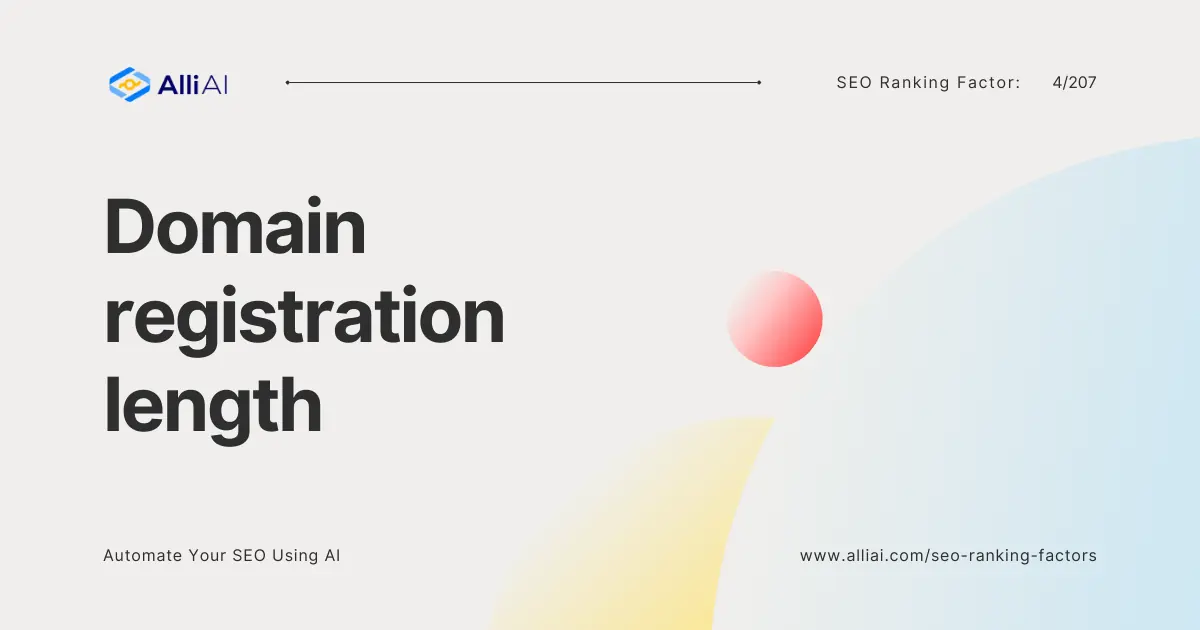What is TF-IDF?
Term Frequency-Inverse Document Frequency (TF-IDF) is a numerical statistic intended to reflect how important a word is to a document in a collection or corpus. It’s essentially a way of quantifying the relevance of words by balancing how often they appear in a single document against how common they are across all documents.
Imagine you’re trying to find the most special ingredient in your grandmother’s soup recipe among a list of all ingredients used in soups worldwide. TF-IDF helps you identify that special ingredient (word) by not only showing how frequently it’s used in your grandmother’s recipe (term frequency) but also by underscoring its uniqueness across all soup recipes (inverse document frequency).
Why is TF-IDF important in SEO?
TF-IDF combines two metrics: Term Frequency (TF), which measures how frequently a term appears in a document, and Inverse Document Frequency (IDF), which diminishes the weight of commonly used words across documents. Mathematically, it’s represented as:
TF-IDF=(Number of times word appears in a document)×log(Total number of documentsNumber of documents containing the word)TF-IDF=(Number of times word appears in a document)×log(Number of documents containing the wordTotal number of documents).
In essence, TF-IDF is a two-part harmony:
Term Frequency (TF): This measures how often a particular word appears in a document. A higher frequency generally suggests greater importance, but not always.
Inverse Document Frequency (IDF): This counterbalances TF by considering how common or rare a word is across all documents in a corpus. A word that appears frequently in many documents is less likely to be a distinguishing feature of any particular document, and thus, its IDF value is lower.
The final TF-IDF score is calculated by multiplying TF and IDF. This results in a numerical value that signifies the importance of a word in a particular document relative to its significance across the entire corpus.
How TF-IDF affects SEO?
- Content Optimization: By identifying and incorporating optimal keywords, you can enhance your content’s relevance and readability.
- Competitive Analysis: It allows you to analyze high-ranking competitors and understand the keyword density that might be contributing to their success.
- SERP Ranking: Proper use of relevant keywords identified through TF-IDF analysis can significantly boost your search engine results page (SERP) rankings.
Variations and Nuances of TF-IDF
While the fundamental concept of TF-IDF is relatively straightforward, there are various modifications and weighting schemes that can be applied, each with its own advantages and use cases:
- Sublinear TF Scaling: This variation dampens the effect of high-frequency terms, preventing them from dominating the TF-IDF score.
- Augmented Frequency: This technique adjusts the raw term frequency to account for document length, ensuring that longer documents are not unfairly penalized for having higher term frequencies.
- Logarithmic IDF: This weighting scheme reduces the impact of very common words by applying a logarithmic function to the IDF calculation.
- Probabilistic IDF: This approach takes into account the probability of a term appearing in a relevant document versus a non-relevant document, offering a more nuanced assessment of its importance.
The choice of which variation to use depends on the specific application and the characteristics of the data being analyzed.
TF-IDF and Natural Language Processing
TF-IDF is not confined to the realm of SEO. It has found extensive applications in natural language processing (NLP), a field of artificial intelligence that focuses on enabling computers to understand, interpret, and generate human language.
In NLP, TF-IDF is utilized in tasks like:
- Text Classification: Determining the category or topic of a document based on the most relevant keywords.
- Topic Modeling: Discovering the underlying themes or topics within a collection of documents.
- Information Retrieval: Retrieving documents that are most relevant to a user’s query.
By analyzing the TF-IDF scores of words within a document, NLP algorithms can gain valuable insights into its content and meaning, enabling them to perform these tasks with greater accuracy and efficiency.
The Evolving Landscape of TF-IDF
While TF-IDF is a powerful tool, it’s not without its limitations. It struggles to capture the semantic relationships between words, treating each term as an independent entity. This means it can miss out on subtle nuances and context that are crucial for understanding language.
Moreover, TF-IDF can sometimes overemphasize common words that appear frequently in many documents but might not be particularly informative or relevant to a specific topic.
To address these limitations, researchers and practitioners have explored alternative approaches like word embeddings, which capture the semantic meaning of words based on their context in large datasets, and language models, which can understand the nuances of grammar and syntax.
How can Alli AI help with TF-IDF?
In Alli AI, we understand the pivotal role that TF-IDF plays in crafting SEO-optimized content. That’s why we created Alli AI to offer a sophisticated TF-IDF analysis tool that simplifies your SEO efforts.
- Keyword Optimization: Our tool scans your content and provides recommendations on which keywords to use and their optimal frequency. This ensures that your content remains relevant and competitive in search rankings.
- Competitive Insight: We provide insights into your competitors’ keyword strategies, helping you identify gaps and opportunities in your own content strategy.
- Content Strategy: Leveraging our TF-IDF analyzer, we aid in crafting content that not only resonates with your audience but also aligns with search engine algorithms, thus boosting your SEO performance.
FAQ
What makes TF-IDF different from simple keyword density?
Unlike keyword density, which only measures how often a keyword appears in content, TF-IDF goes a step further by assessing the importance of a keyword not just in the document but across a large set of documents or the web. This approach helps in distinguishing between common and more significant, contextually relevant keywords.
Is TF-IDF still relevant with the rise of semantic search?
Yes, TF-IDF remains relevant because it helps improve the understanding of keyword relevance and content context. With semantic search, search engines can interpret the intent behind a query. TF-IDF complements this by ensuring that the content is optimized for relevance in addition to keyword matching.
How often should I perform TF-IDF analysis on my content?
It’s a good practice to perform TF-IDF analysis whenever you’re creating new content or performing an SEO audit of your existing content. This ensures that your content strategy remains aligned with current search trends and optimization best practices.
Conclusion
TF-IDF stands as a crucial component in the SEO toolkit, enabling content creators and marketers to fine-tune their content strategy in alignment with what search engines and audiences deem relevant. By understanding and implementing TF-IDF analysis, SEO professionals can ensure their content is both readable and ranks well.
In our journey at Alli AI, we’ve integrated TF-IDF tools to demystify SEO and empower our users to create content that stands out. By leveraging our tool, you’re not just optimizing for keywords; you’re ensuring your content’s relevance and authority in your niche. As SEO evolves, tools like Alli AI’s TF-IDF analyzer remain pivotal in navigating the ever-changing landscape of search engine algorithms and user preferences.
